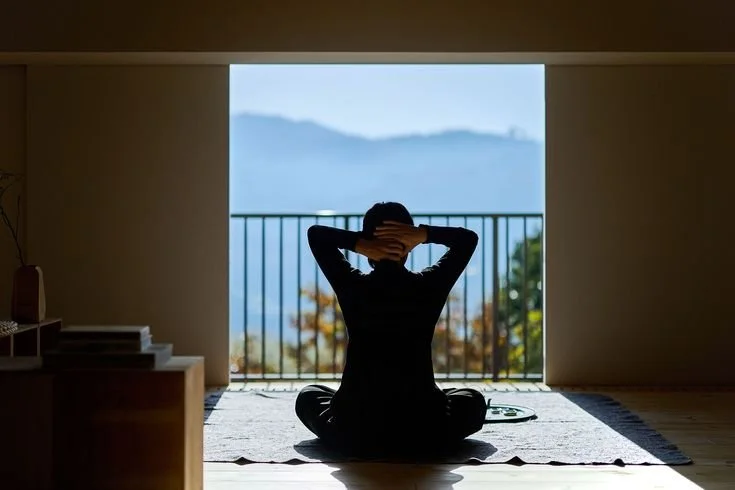Exercises To Calm Your Anxious Thoughts
Anxiety can feel overwhelming, especially when your thoughts start racing and you can’t seem to slow them down. But with the right tools, it’s possible to interrupt the cycle and regain a sense of calm. Below are simple, science-backed exercises that can help soothe your mind and ground you in the present moment.
Deep Breathing
Breathing is one of the most powerful ways to reduce anxiety quickly. When you're anxious, your breathing becomes shallow, which can worsen symptoms. Deep breathing helps reset your nervous system and lowers stress levels.
Try this:
Inhale through your nose for 4 seconds
Hold your breath for 4 seconds
Exhale through your mouth slowly for 6 seconds
Repeat for 2–5 minutes
You can do this anytime you feel anxious—whether you’re at your desk, in your car, or lying in bed.
Grounding Technique (5-4-3-2-1)
Grounding techniques pull your attention away from anxious thoughts and back to your body and surroundings.
Do this:
Name 5 things you can see
Name 4 things you can touch
Name 3 things you can hear
Name 2 things you can smell
Name 1 thing you can taste
This method activates your senses and helps anchor you in the present moment.
Progressive Muscle Relaxation
Anxiety often causes physical tension. Progressive muscle relaxation helps release that tension and makes you more aware of how your body responds to stress.
How to do it:
Start at your toes. Tense the muscles tightly for 5 seconds, then release.
Move upward: feet, calves, thighs, abdomen, hands, arms, shoulders, face.
Focus on the feeling of relaxation after each release.
This can be especially helpful before bed or during a panic episode.
Mindful Observation
Mindfulness means paying attention on purpose, without judgment. One easy way to practice is to observe something in your environment with complete focus.
Try this:
Pick an object—your coffee mug, a plant, or even your hands.
Notice its color, shape, texture, and any movement or shadows.
Observe it for 1–2 minutes without thinking or labeling—just noticing.
This short exercise helps quiet your inner dialogue and centers your attention.
Guided Imagery
Your mind can be a powerful tool for calm. Guided imagery helps you visualize a peaceful, safe place to escape anxious thoughts.
Here’s how:
Close your eyes and picture a relaxing place—like a beach, forest, or quiet room.
Engage all your senses: What do you see? Hear? Smell? Feel?
Let yourself “stay” there for 3–5 minutes.
There are also many free guided imagery recordings available online or via apps.
Journaling
Writing out your thoughts can help you process emotions and identify patterns in your anxiety.
What to do:
Set a timer for 5–10 minutes.
Write down what you're thinking and feeling—no filter, no judgment.
Challenge your anxious thoughts: Are they true? What’s the evidence?
End by writing one positive or calming statement.
Journaling regularly can also help you notice triggers and track your progress over time.
Final Thoughts
Anxious thoughts don’t have to control your day. These exercises are simple, effective tools that you can use anytime, anywhere. By practicing them regularly, you can train your mind and body to respond to stress with calm, not panic.
If anxiety is interfering with your daily life, consider reaching out for additional support. You don’t have to face it alone.
